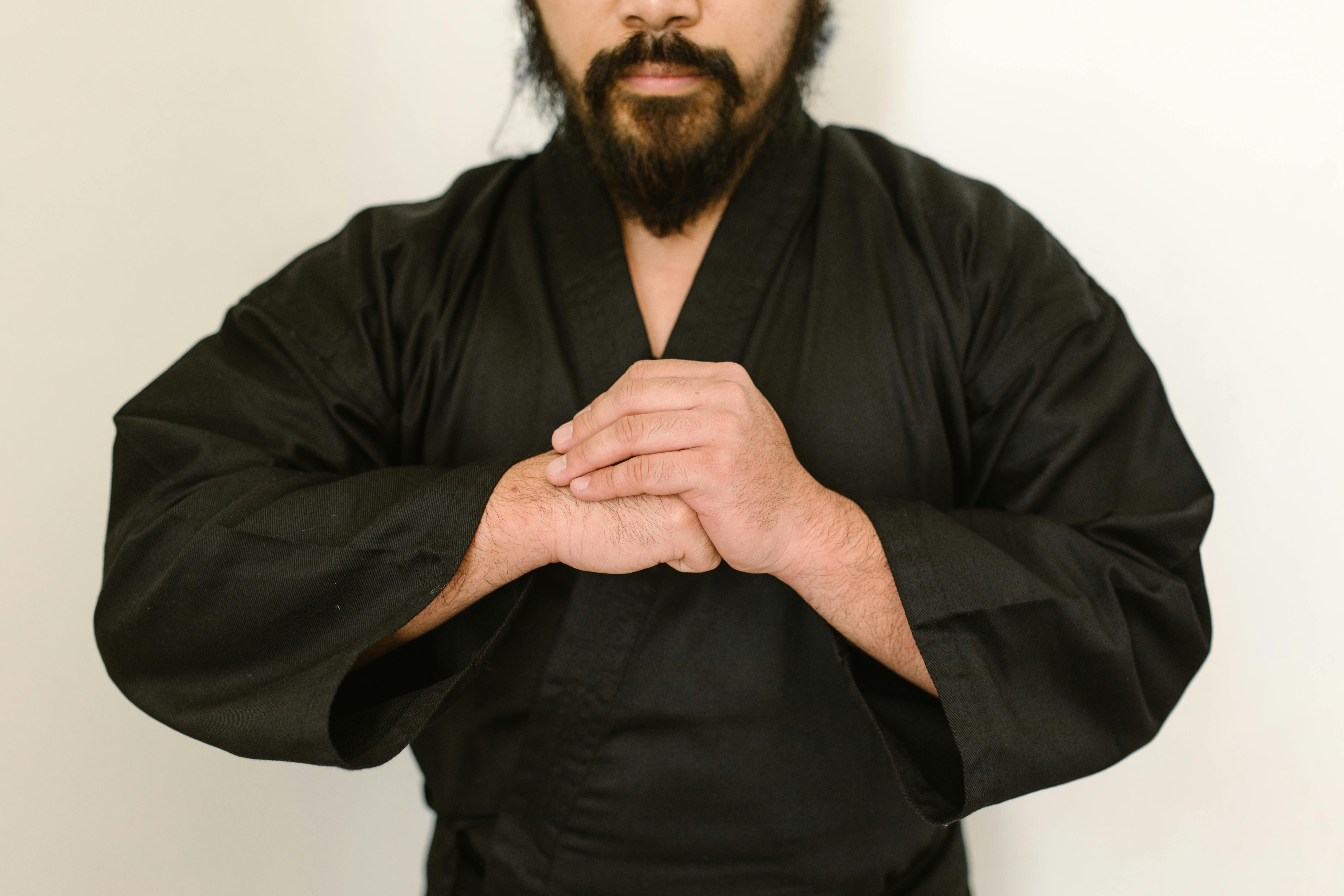There are many things to think about when having a baby, especially for new parents as they rarely have any experience to fall back on. One thing that many new parents don’t consider is the issue of bibs. There are different types of baby bibs, each with its own advantages and disadvantages. As a new parent, you probably think you don’t need to think about bibs until your baby is at least 4 months old, the age when some babies can be weaned.
However, many new parents have found that they have neglected one key area: baby drooling. Even if your baby does not eat solid food, he may still drool a lot and therefore needs to wear a bib. If your baby doesn’t drool a lot, it’s worth taking the time to consider different types of bibs. Here, we discuss the pros and cons of various types of bibs, from bandana bibs to scoop bibs, in hopes of preparing you to face one of the most troublesome times in a baby’s life: weaning.
bandana bibs
Bandana bibs get their name because they are inspired by the bandana (a bandana folded in half to create a triangle and then tied around the neck as a decoration).
1. Ideal for babies who are teething or drooling a lot, because they look like clothing, instead of bibs.
2. Because they sit quite high on the neck, they absorb much more dribbling than a normal bib.
3. They are difficult for the baby to remove because they are tied around the nape of the neck.
Disadvantages
1. They don’t go very far, so they may not protect clothing as much as other types of bibs, like coveralls (see below).
round bibs
These are a familiar type of bib. They are usually made of plastic and have what looks like a channel at the bottom of the bib, which catches the food as it falls. These bibs are to be worn only at mealtimes as they are not very comfortable.
Advantages
1. They are easy to clean. They simply need to be cleaned after use.
2. Give children a sense of independence, since parents are more likely to allow the baby to feed himself (because they will make less mess).
Disadvantages
1. Babies must be able to sit up on their own before they can wear this style of bib; If baby can’t sit up, opt for bandana bibs or traditional baby bibs.
2. They may feel uncomfortable, bump into the table or high chair, and rub their neck.
bibs overalls
These, as the name suggests, cover the entire upper part of the baby’s body. These are plastic bibs and look like jumpsuits, rather than a traditional bib. They’re great for older babies who already know how to feed themselves, but have yet to learn the art of cleaning.
Advantages
1. They protect a much larger area of clothing than other bibs.
2. Babies love them because they often wear favorite cartoon characters and other fun images, or because they look like a uniform, for example, a police officer’s jacket, which children love.
3. They are easy to clean.
Disadvantages
1. They can be very uncomfortable if they have elasticated necks or wrists.
2. They tend to cost more than the average bib.



